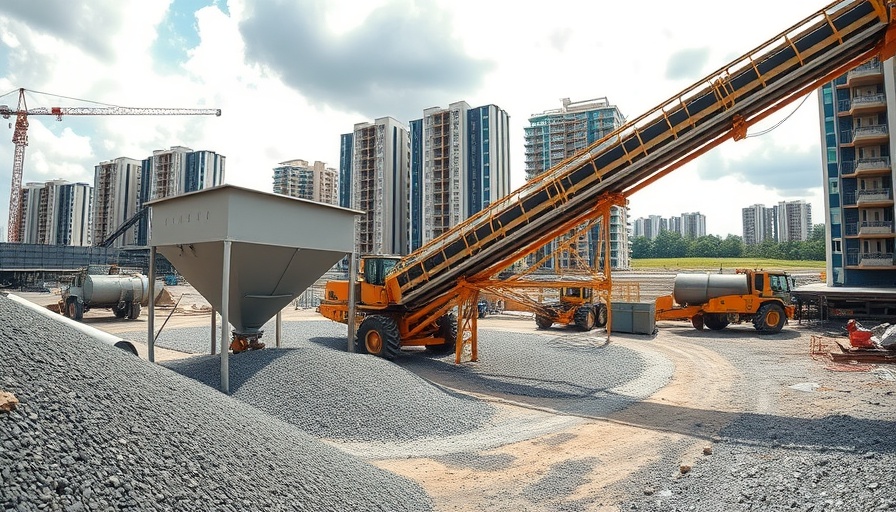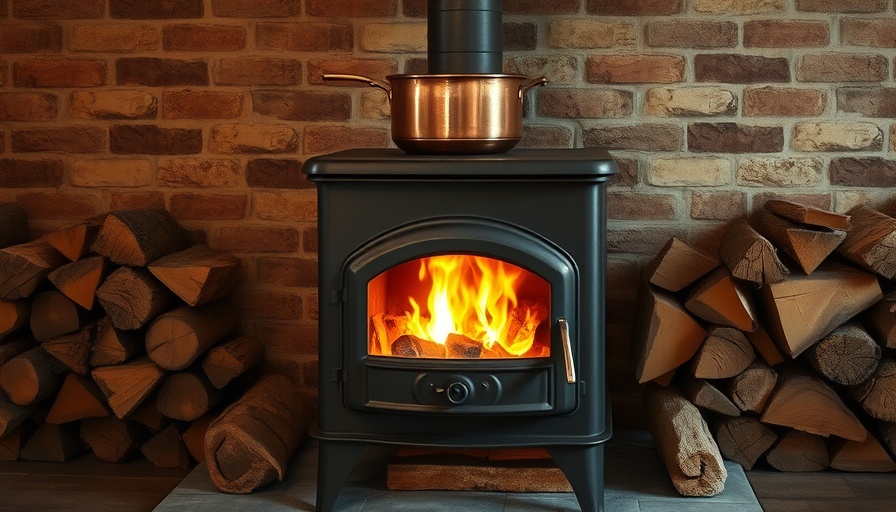
A New Chapter in Life: From Land to Water
Kyrie Morris, a 33-year-old freelance writer, made a daring leap from London’s steep rental market to the adventurous life of a narrowboat owner. With a hefty rent hovering at £1,600 for a one-bedroom flat, she found herself thinking often about how to escape the high cost of living—especially since her dream of a sustainable and fulfilling lifestyle felt consistently out of reach. Her journey began with the painful loss of her grandfather, who left her a modest inheritance. This money became her ticket to freedom as she purchased a £21,000 narrowboat, once a rundown shell, in April 2022.
The Transformation: Turning a Boat into a Home
Buying the narrowboat was just the beginning. Kyrie’s initial living conditions could be described as “roughing it”; her new home had no running water, electricity, or any of the modern conveniences we often take for granted. Living like a “floating shed,” Kyrie relied on a gym membership for showers and charged her phone at work. As she navigated the learning curve of boat life, she transformed her minimalist space using solar panels and a diesel heater, eventually exchanging tinned goods for a more diverse diet once she installed a small fridge. Over the past months, she has spent about £12,000 renovating her boat into a cozy, albeit basic, living space.
The Challenges: Navigating Ups and Downs
Yet, the journey has not been entirely smooth sailing. After a heart-wrenching loss and a failed audition for a reality TV show, she took on a challenging 357-mile journey to Leeds—the ultimate test of her resilience. Right as she arrived, misfortune struck: her boat's engine exploded, leading to a dramatic and stressful chapter that would test her emotional fortitude. To compound matters, the boat later caught fire, reminding her harshly that life on the water can be unpredictable. Nevertheless, Kyrie describes living on a boat as experiencing "extreme highs and lows," balancing an exhilarating sense of freedom with the realities of practical challenges.
Finding Community and Connection
The journey brought not only trials but also a community. Sharing her experiences on TikTok under the handle @canalboatkiz, she has attracted 19,500 followers. Her posts resonate with many who dream of an unconventional lifestyle or seek information about living sustainably. “It’s not just about living on the water,” Kyrie explains, “it’s about finding a community that understands your choices and celebrates your journey.” For many young Londoners discovering the limits of urban living, Kyrie's story is an invitation to explore alternatives, reflect on conventional lifestyles, and live authentically.
Redefining Freedom in a Material World
More than just a financial escape, Kyrie’s experience underscores the benefits of simpler living. By reducing her monthly expenditures to around £800, she not only reclaims financial autonomy but also fosters a deeper connection to her environment and lifestyle. This resonates well in a landscape increasingly concerned with sustainability and eco-friendliness. Living on a narrowboat can offer an educational platform on water conservation and community-oriented efforts — two values that will be important in shaping how future generations approach living sustainably.
Takeaway: The Future of Living and Community
Kyrie’s tale of adventure and hardship makes one recalibrate the understanding of home. In an era where cities continue to pull people closer in terms of connection yet create distance through affordability, could alternative living styles like narrowboat life offer the respite many seek? Whether it’s a quest for freedom, a yearning for community, or simply a desire to reduce one’s footprint, Kyrie’s journey is both a testament and an alluring narrative that could inspire others to think outside the box, or perhaps outside the flat. As we reimagine what home can be, let’s consider more sustainable options that defy the norms of modern life.
As you think about your living situation, whether you're a young homeowner in London's rising property market or someone yearning for alternative choices, take heart in Kyrie’s story. Follow her journey, explore local alternatives to conventional living, or simply reflect on what home truly means to you. Are you ready to take the leap into something new, or perhaps share your own story? Let Kyrie’s experience inspire you to find your own version of freedom!
 Add Row
Add Row  Add
Add 




Write A Comment